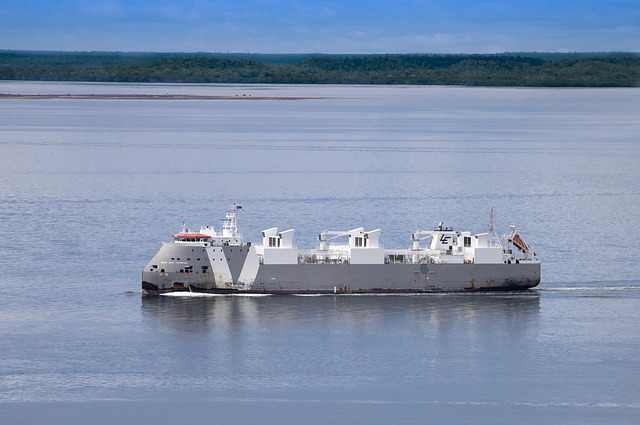Shipping container costs vary widely based on size (20ft vs 40ft), condition (new vs used), features, and location. New containers offer cutting-edge specs but are pricier, while used containers are budget-friendly but may require compromise. Rental rates, delivery services, distance, and transportation mode also significantly impact pricing. Accurate estimates need consideration of size, type, modifications, location, and rental/purchase duration. Global market trends, demand, and supply chain dynamics further influence costs, with average prices ranging from $1500 to $7500 depending on specifications.
In today’s globalized world, understanding shipping container costs is paramount for businesses involved in international trade. This article delves into the compelling contrast between new and used shipping container prices, a critical factor for logistics managers and entrepreneurs alike. We explore key influences on container pricing, dissect the distinct features of new versus used containers, analyze upfront investments versus long-term savings, and review market trends shaping availability. Real-world case studies further illustrate cost comparisons, providing valuable insights for informed decision-making in the shipping industry.
- Factors Influencing Shipping Container Cost
- New Containers vs Used Containers: Key Differences
- Upfront Investment and Long-Term Savings
- Market Trends and Availability Impact
- Case Studies: Real-World Cost Comparisons
Factors Influencing Shipping Container Cost
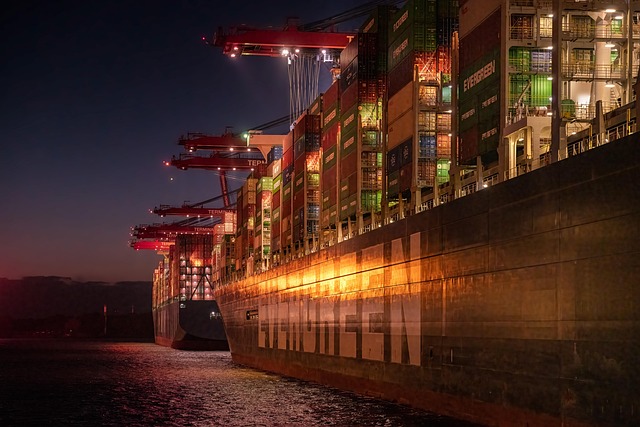
The shipping container cost is influenced by a variety of factors, making it a complex market to navigate. Firstly, consider the type and size of the container—a 20ft unit, for example, will have a lower cost than a 40ft high cube model. Each container size offers different storage capacities and advantages, catering to specific shipping needs. The condition of the container is another critical factor; used containers often come at a significantly lower price but may require repairs or conversions, impacting overall costs.
Additionally, features such as insulation (useful for temperature-controlled items), reefer functionality (for perishable goods), and optional extras like windows or extra doors will increase shipping container cost. Rental and delivery services also factor into the equation, with rental rates varying based on container type, duration, and location. Shipping distance and mode of transportation can significantly affect shipping container costs to ship, haul, or deliver containers to their destinations. A thorough understanding of these factors is essential for obtaining an accurate shipping container cost estimate or calculator.
New Containers vs Used Containers: Key Differences
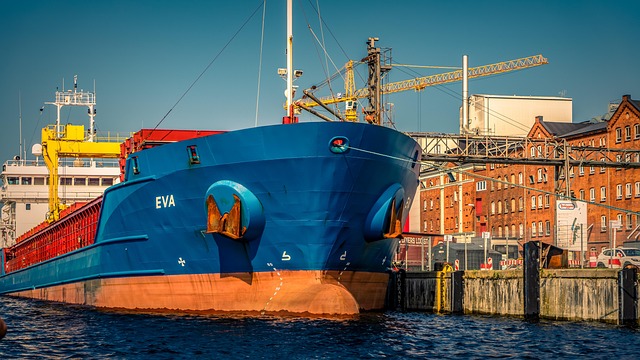
When considering shipping containers for various applications, understanding the stark contrast between new and used options is paramount. New containers offer the advantage of being state-of-the-art, with the latest features and innovations designed to enhance durability and security. They often come with warranties that provide peace of mind regarding repairs or replacements for a specified period. Furthermore, new containers can be customised according to specific needs, ensuring optimal functionality for unique projects.
In contrast, used containers have their own set of benefits. They are generally more affordable across the board, making them an attractive option for those on a tight budget. Used containers often have already incurred significant depreciation costs, which can translate to substantial savings. While they may lack the latest bells and whistles, used containers still possess robust construction and can be reliable, especially if well-maintained. Factors like size (20ft, 40ft, high cube), insulation, reefer capabilities, and rental or delivery needs also influence shipping container costs, whether for new or used units.
Upfront Investment and Long-Term Savings

When diving into the world of shipping containers, one of the primary considerations for businesses and investors is the upfront investment versus long-term savings. The initial cost of purchasing a new or used shipping container can vary widely based on factors such as size (20ft, 40ft, high cube, insulated, reefer), condition, and additional features. A new shipping container cost per unit will generally be higher, reflecting the latest materials, design innovations, and quality standards. However, these newer containers offer durability and often include modern amenities like ventilation, insulation, and security features.
On the other hand, used shipping containers provide a more affordable option, with pricing that can range from modest to substantial based on their previous use and current condition. While they may not have the latest bells and whistles, used containers are still durable and versatile, making them a cost-effective solution for various applications. In terms of long-term savings, careful consideration of shipping container costs beyond the initial purchase is crucial. Factors like rental, delivery, shipping, conversion, and maintenance expenses can significantly impact overall costs, with strategic planning and usage potentially leading to substantial financial benefits over time.
Market Trends and Availability Impact
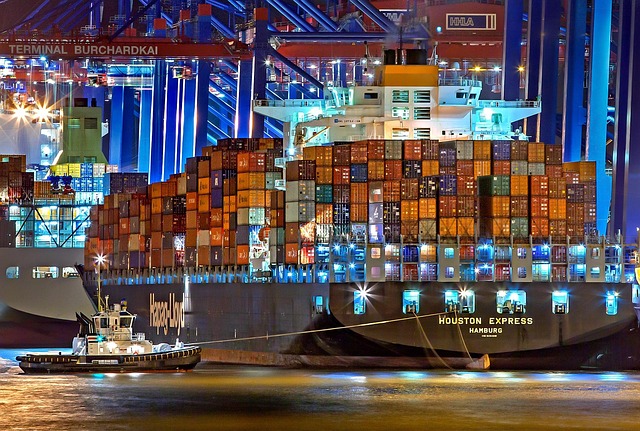
The market trends and availability of shipping containers significantly impact their costs. Globally, there has been a surge in demand for shipping containers due to increased international trade and e-commerce. This high demand has led to a tight supply chain, especially for new containers, driving up prices. According to recent reports, the average cost of a 20-foot shipping container can range from $3,500 to $4,500, while a 40-foot container costs between $6,000 and $7,500. These costs vary based on factors like container type (standard, high cube, insulated, reefer), market location, and current economic conditions.
Availability also plays a crucial role in pricing. New containers are often more expensive due to manufacturing lead times and limited production capacity. Conversely, used containers offer a cost-effective alternative, with prices starting at around $1,500 for 20-footers and $2,500 for 40-footers, although these can vary widely based on the container’s age, condition, and whether it requires repairs or conversions. To get an accurate shipping container cost estimate, factors such as size, type, desired modifications, delivery location, and rental/purchase duration should be considered in a comprehensive breakdown.
Case Studies: Real-World Cost Comparisons
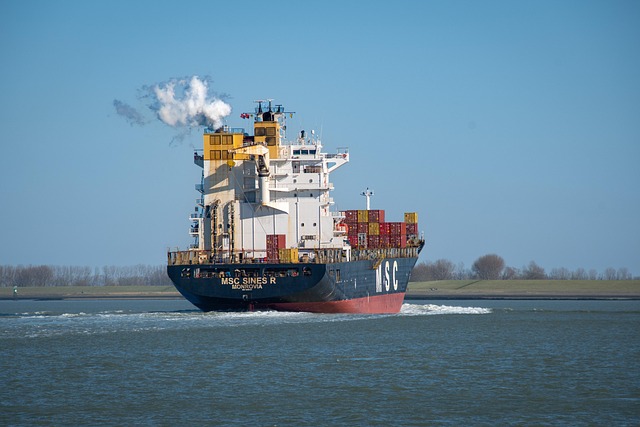
In the world of logistics and supply chain management, real-world case studies offer valuable insights into the shipping container cost landscape. These studies provide a practical understanding of how different factors influence the pricing of shipping containers, whether new or used. By examining specific scenarios, businesses can gain a clearer picture of what they might expect to pay for these versatile storage units.
For instance, a recent case study compared the costs of 20-foot and 40-foot standard shipping containers, both new and used. The analysis revealed that while new 20-foot containers had an average cost of $3500 per unit, their used counterparts could be acquired for as low as $1800, a significant difference. Additionally, high cube and insulated containers, often required for specific cargo needs, come at a premium—an average of $4000 to $5000 per unit new or around $2500-$3000 used. Such cost breakdowns highlight the diverse pricing landscape within the shipping container market.
When comparing new versus used shipping containers, the decision ultimately hinges on individual needs, budget, and long-term goals. While new containers offer the latest features and warranties, they come at a premium. Used containers provide a more affordable option, but require careful inspection to ensure quality and longevity. By understanding the factors influencing shipping container cost, evaluating market trends, and learning from real-world case studies, businesses can make informed choices that balance upfront investment with long-term savings.
